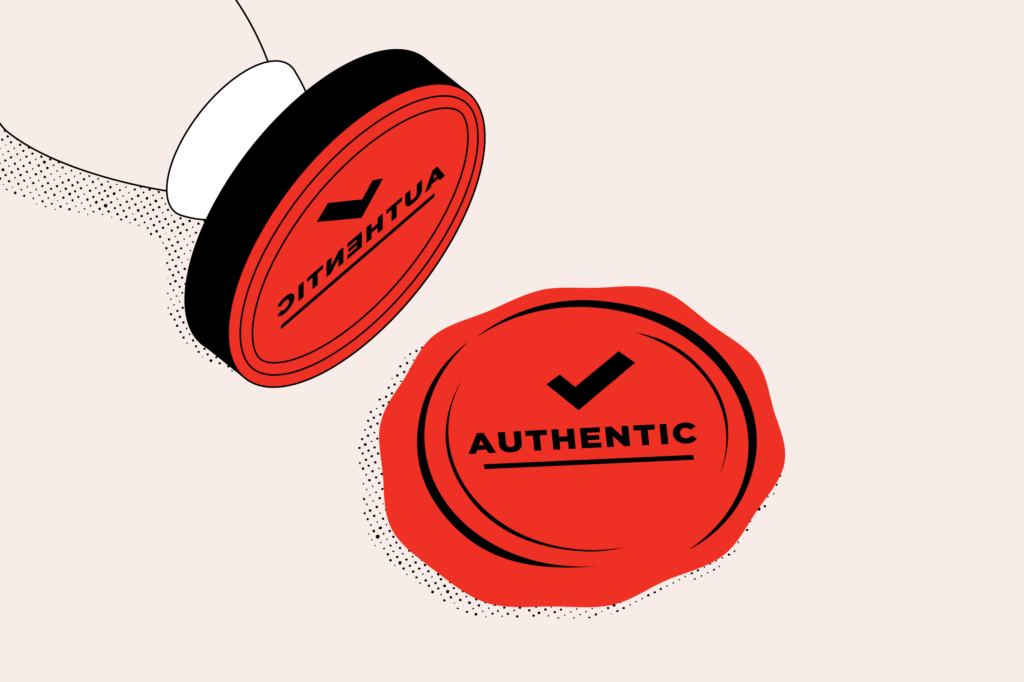
Who is an influencer? Is it someone who encourages customers to buy a product, has thousands of followers on social media or knows every trending TikTok dance routine? The truth is, an influencer can be all of the above, and their popularity yields plenty of influencer marketing trends to pay attention to in the new year.
At the most basic level, an influencer is defined by the Merriman-Webster as “a person who inspires or guides the actions of others.” Specifically when referring to social media, this is “a person who is able to generate interest in something (such as a consumer product) by posting about it on social media.”
Brands use influencer marketing to reach their audience and generate brand awareness, positioning influencers as key players in the marketing industry. In this article, we will explore what to expect from influencer marketing this year and how brands can stay ahead of new trends as the marketing industry continues to evolve.

Micro-Influencers on the Rise
Bigger might not always be better. Since influencer marketing is now a more widely recognized concept, it’s no longer just about finding the most popular names to partner with to sell your products. Brands look to influencers whose partnership drives conversations.
Addison Rae, Charli D’Amelio, the Kardashians; these are all well-known names when it comes to social media influencers. Each with millions of followers, these names and many others are classified as macro-influencers. Forbes identifies these celebrity influencers as those with over 100K followers. Micro influencers, on the other hand, have 10K to 100K followers and Nano influencers have under 10K.
One of the advantages to partnering with a micro-influencer is the likelihood that they may have a niche or a highly engaged audience. They may not be for everyone, but the followers they typically have are similar and committed to the influencer. They are therefore a valuable asset for brands looking to target specific demographics.
This year, look for brands using micro-influencers for their campaigns, and see if this leads to more influencer collaborations.

Authenticity and Transparency
With saturation of the market from influencers, consumers look to honest recommendations and genuine advice from influencers, especially when sifting through sponsored content. When an ad appears as sponsored, your first thought may be, “But do they really use what they are promoting?”
To respond, influencers must collaborate in an authentic way, partnering with brands to promote products they trust. Additionally, it is the influencer’s responsibility to disclose “any financial, employment, personal or family relationship with a brand,” according to the Federal Trade Commission. By building trust with consumers, influencer marketing can remain successful.
Another way to inspire trust in customers is through long-term collaborations between brands and influencers. Through these commitments, brands can strengthen their relationships with influencers who actually support their products and mission. Brands can also market to an influencer’s audience across a longer time period.
Influencer Marketing Meets E-commerce
E-commerce is defined by Amazon as “a method of buying and selling goods and services online.” While often separate, we may see more interaction between e-commerce and influencers moving forward. More specifically, social commerce allows consumers to directly purchase items and services on social media. Through it, brands and influencers can work together, creating shoppable content for followers to purchase without leaving the current social channel.
Affiliate marketing is on the rise and significant growth is anticipated through 2031. Through this tool, influencers can promote items and services, earning commission for the agreed upon result, whether that be a sale or even a lead. There are even affiliate marketing programs out there for influencers and others to use.
Tapping into New Technology
As the social media landscape changes, so will the technology both consumers and influencers use to share their messages. Looking ahead, we can expect experimentation with Virtual Reality (VR) and Augmented Reality (AR), Artificial Intelligence (AI) and livestreaming. This will open doors as brands look to reach their audience innovatively.
According to Hubspot, 84% of marketers intend to put the same or increased funding toward using AR and VR this year as in 2023. As for AI, the number of marketers in the previous statistic is bumped up to 88% regarding renewed or increased investment. AI is an example of technology that can advance influencer marketing because of its ability to not only streamline work, but analyze performance and create content.
In the not too distant future, the power of AI may be showcased through its abilities to personalize influencer marketing campaigns and make them more effective. AI also allows brands to approach influencer marketing with more data, allowing them to make informed decisions based on the numbers.
Case Study: Hampton Farms
To drive traffic and increase sales, Rivers decided to implement influencer marketing in two unique ways with Hampton Farms, the country’s #1 roaster of in-shell peanuts. In one campaign, Rivers combined this snack’s association with watching baseball in the stadium with livestreaming to drive sales.
Rivers partnered with Ader, an agency specializing in Esports marketing, to dream up a campaign to unite Major League Baseball, online gaming and Hampton Farms Peanuts. On the social media platform Twitch, two popular gamers were recruited to play Mario Baseball, livestreaming to their audiences and promoting the Hampton Farms “Every Day is Opening Day” giveaway. Simultaneously, the influencers encouraged audiences to enter the product giveaway. In the end, nearly 17,500 unique users completed at least one entry for the giveaway. The unique users became 1,600+ new email subscribers for Hampton Farms, and therefore further targeting.
Our second use of influencer marketing consisted of a partnership between Hampton Farms and Trazia Rae, an influencer known for her mouthwatering cooking videos, boasting over 2M followers on TikTok (at the time of publishing). This partnership resulted in Trazia sharing four cooking videos with her expansive audience in 2022, using Hampton Farms peanuts as the main ingredient.
Looking Ahead
As influencer marketing takes on new shapes and styles in 2024, make sure your brand is tapping into the potential of this strategic tool. Effective and authentic collaborations with influencers start with an understanding of the industry and what’s around the corner. Using new platforms, analytics, e-commerce and a wealth of other resources available to brands, you too can tap into the full potential of influencer marketing.If you are interested in tapping into the power of influencer marketing for your brand, Rivers would love to help you get started. Fill out our contact form to be connected with our team of industry experts today. And for even more industry insights, check out our blog post — Emerging Advertising Trends: A Marketer’s Guide.